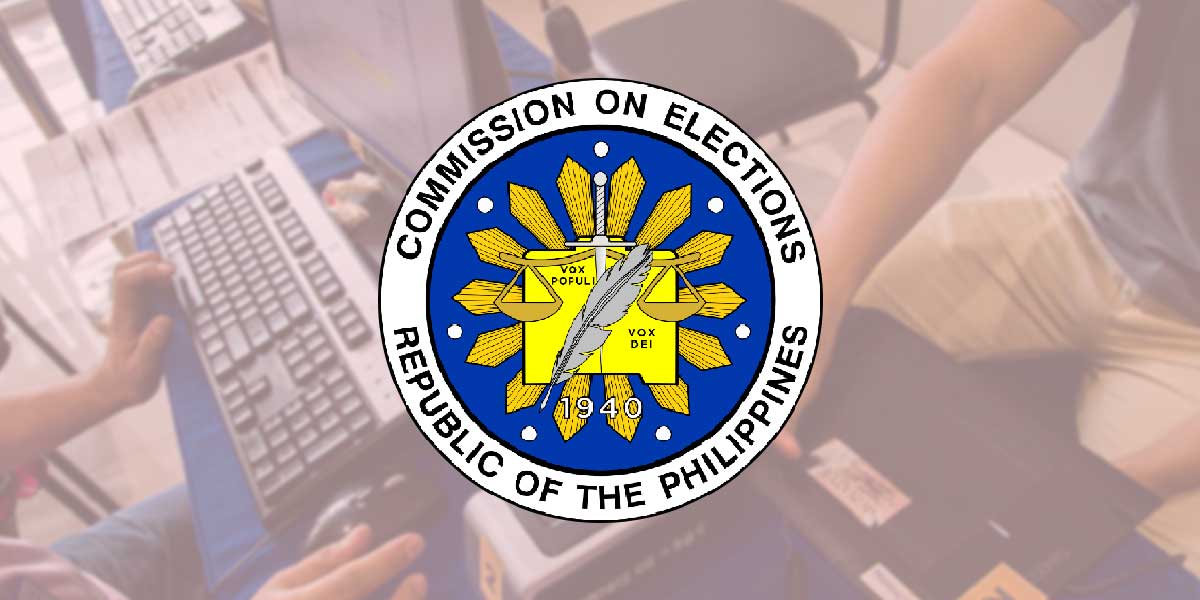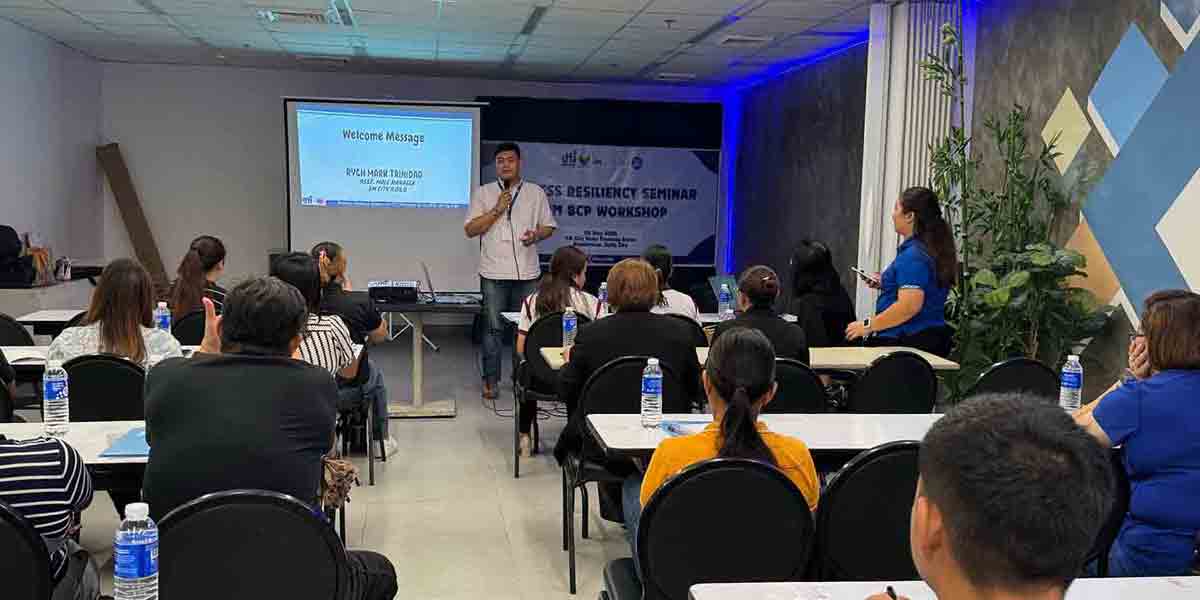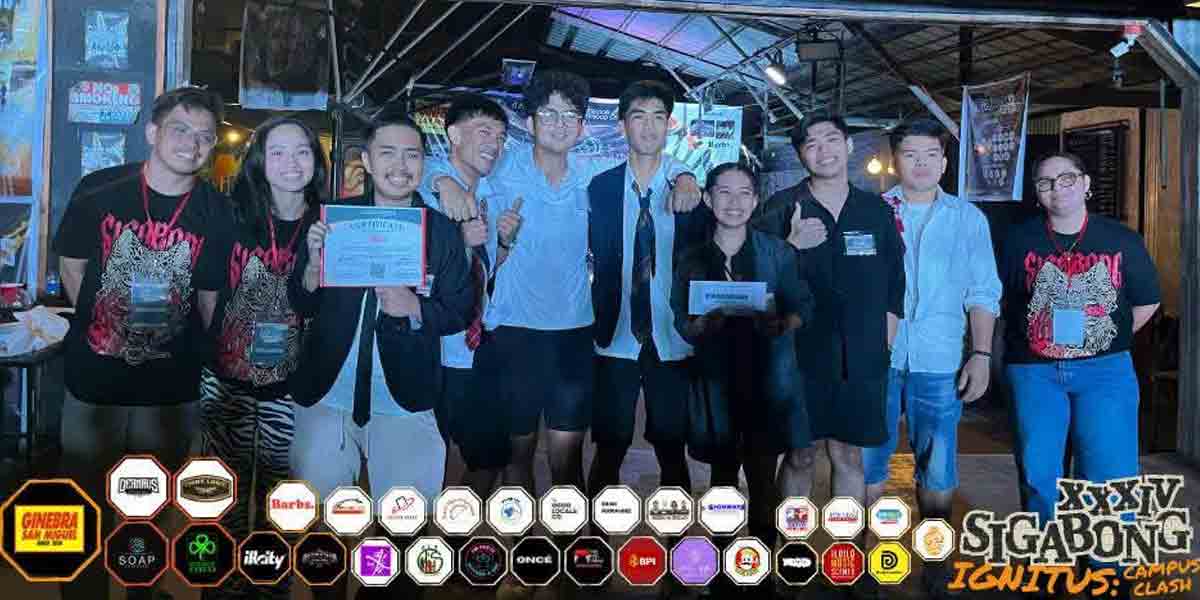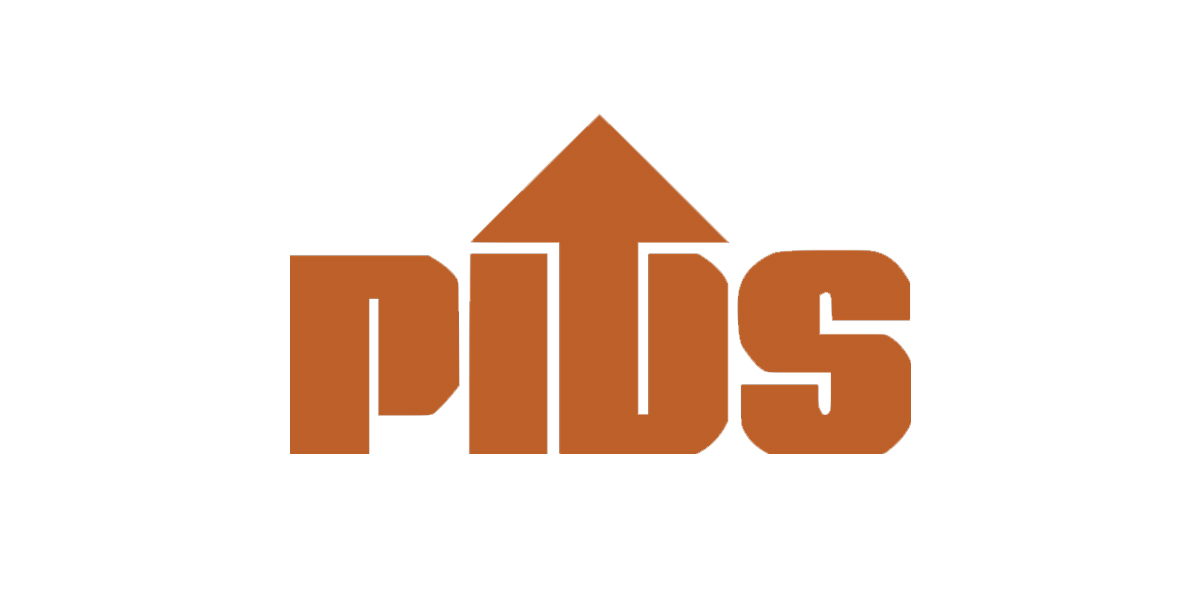By Prof. Enrique N. Soriano
In my years of working with family businesses, I have observed a recurring pattern: founders declaring their retirement from daily operations, only to stage a dramatic comeback. Six out of ten transitions I have guided follow this cycle—what I call the shift from Emperor to Engagement, where owners claim to step back but struggle to relinquish control. There is an appropriate title for these types of founders: Phantom or Shadow leaders.
The Founder’s Dilemma
Founders are visionaries, builders, and decision-makers. They have spent decades shaping their businesses, making sacrifices, and defining success on their own terms. So, when the time comes to step down, many find the transition unbearable.
Theoretically, they embrace the idea of moving from owner-operator to owner, believing they will enjoy a well-earned break. In practice, however, their identities are so intertwined with the business that disengagement feels like a loss of purpose, power, and prestige. For many, the business is not just an enterprise—it is an extension of themselves, the only identity they have left, rather than something on the verge of passing on to the children.
A Retirement That Didn’t Last
In 2013, I worked closely with a founder to execute a well-planned leadership transition. We made it official—announcing the shift to employees, suppliers, and creditors. A major pronouncement was followed by a grand party, celebrating the new leadership era. It was a textbook transition.
Or so we thought.
Two years later, the founder sent me a message: “I have decided to return to active duty.”
What happened?
The transition appeared smooth at first. The old and very senior executives he left in charge regularly updated him, and many of them, eager to gain favor, showered him with praise. “You were better. Things were more efficient under your leadership,” they told him. A well-orchestrated act of flattery.
At the same time, the founder started hearing grievances about his son, whom he had appointed as successor. Employees grumbled about the son’s work ethic—“He comes to the office at 10 AM”—painting a picture of declining discipline and leadership.
For the founder, these murmurs of inefficiency and misplaced loyalty were a call to arms. Bored with retirement and tempted by the allure of authority, he convinced himself that his return was necessary.
And just like that, two years after stepping aside, the emperor reclaimed his throne.
The Cycle of Control and Withdrawal
This scenario is not unique. Many founders, even after retirement, keep one foot in the business, constantly seeking validation and involvement. The cycle typically follows this pattern:
- Announcement of Retirement – A formal declaration of stepping back.
- Post-Retirement Involvement – Regular check-ins, occasional meetings, passive oversight.
- Flattery & Doubts – Executives, employees, and even family members subtly (or overtly) praise the founder’s past leadership, igniting doubts about the transition.
- Triggering Event – A business hiccup, a family dispute, disrespect or a complaint about the new leadership.
- The Comeback – The founder justifies a return, often citing the business’s “declining performance” as the reason.
Final Thoughts
The transition from owner-operator to owner is rarely seamless. Founders must recognize that their legacy is best secured through a well-prepared next generation, not repeated interference. Retirement should not be seen as an end, but rather as an evolution. Let’s be real, what I espouse is not really retirement but a stepping back phase– from emperor to mentor, from absolute ruler to guiding presence.
And if leaders truly wish to step back, they must resist the siren call of control, no matter how tempting the return may seem.
***
The W+B Family Governance Leadership Masterclass: Securing Your Legacy for Generations
Navigating the complexities of family businesses goes beyond managing profits and growth—it demands a deep understanding of family dynamics, succession planning, and governance to ensure stability across generations. Conflicting visions, unresolved tensions, and leadership transitions can make this journey feel like walking a tightrope without a safety net.
In response to the growing need for clarity and direction among family owning businesses, the W+B Family Governance Leadership Masterclass returns for its second edition this May and June. This immersive three-part program is designed to help participants uncover tailored solutions to their most pressing challenges while equipping them with the knowledge and skills essential for long-term success.Through a combination of virtual sessions and an in-person graduation event, this Masterclass will guide participants in:
- Unraveling the fundamentals of family business governance
- Developing strategies for fostering a harmonious family culture
- Mastering succession planning and leadership development
Take the first step in securing your family business legacy. Limited slots available—reserve your place now at 09173247216 or email [email protected]. Look for Julia to get started!


















